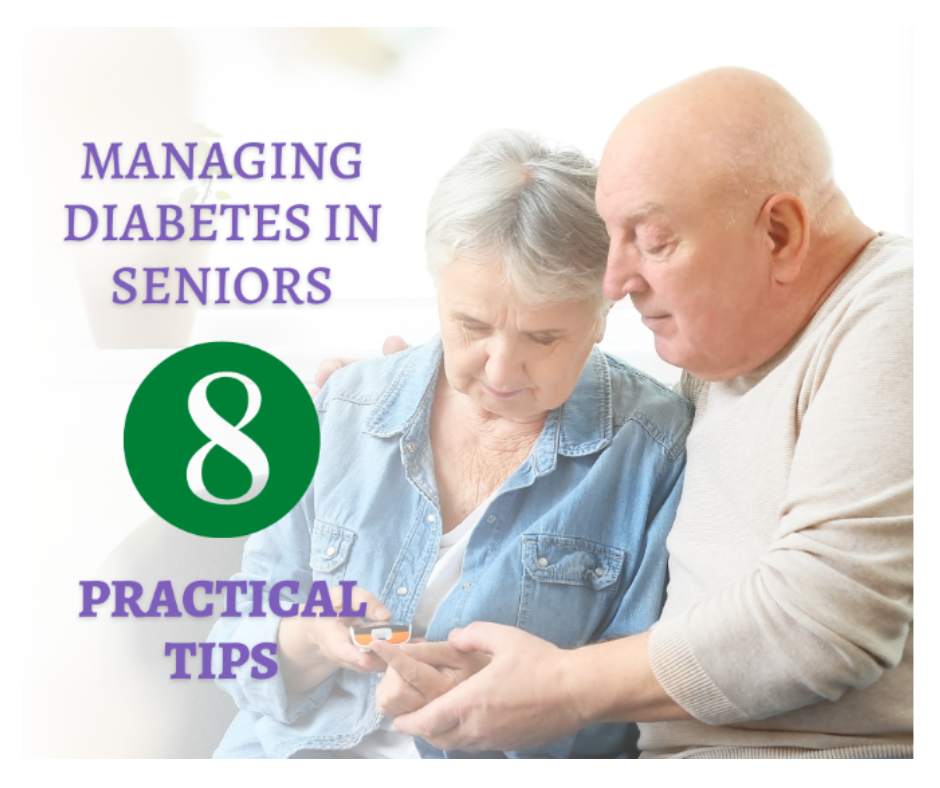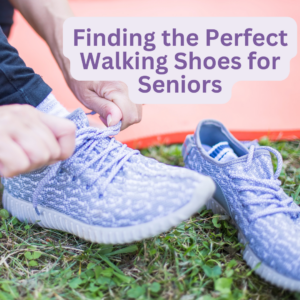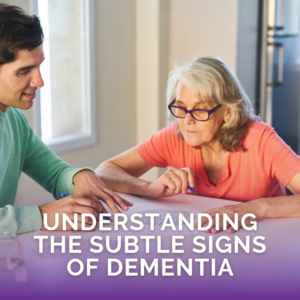Managing diabetes is likely part of caring for an older parent, spouse, or relative. According to the Centers for Disease Control, more than 130 million Americans have diabetes or pre-diabetes. Among adults over 65, nearly 50% have pre-diabetes.
Here are 8 ways you can help an older adult with diabetes maintain their health and quality of life.
- Become knowledgeable about diabetes When you learn about your older adult’s disease and its treatment and management, you will be better equipped to help him or her manage it successfully. Resources can be found online or ask your doctor for more information.
- Change your lifestyle together A healthier diet and more exercise will benefit both you and your older adult. Making small changes together can also encourage your older adult to make healthy lifestyle changes. When you make these changes together your older adult will b, likely be more receptive to the changes.
- Add exercise Make sure to schedule exercise after a meal, when blood sugar levels are usually higher. When you and your older adult exercise away from home, carry emergency items like glucose tablets, water, and carb-rich snacks.
- Manage stress Did you know that stress can increase blood sugar levels? Stress triggers a fight-or-flight response that spikes blood sugar levels in people with diabetes. Meditation, yoga, new hobbies, and massage can all provide positive self-care for your older adult.
- Promote methods of self-monitoring Self-monitoring helps older adults take control of their health. You can help them by encouraging them to use an at-home blood glucose monitor to track their blood sugar levels each day and note how diet, exercise, and stress affect them.
- Organize medications Maintain a pill organizer to avoid running out of pills, taking too much, or taking too little. Whenever possible, attend doctor’s appointments with them and ensure that any medications prescribed by general practitioners and specialists do not interact with your diabetes medications.
- Get a medical ID The symptoms of diabetic emergencies can be frightening: fainting from low blood sugar, wounds that take a long time to heal, serious infections, and diabetic ketoacidosis that results in shock. You should ensure that your older adult has a Medical ID on them at all times in case of an emergency.
- Seek support Find out if there are support groups for diabetes caregivers at your local hospital or senior center. To find caregivers going through a similar journey, search online and on social media for private support groups.











